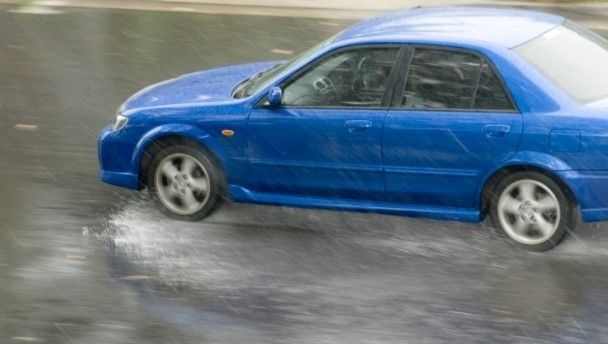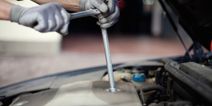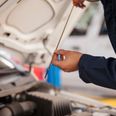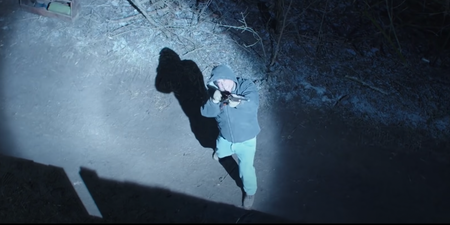Every driver in Ireland should be all too familiar with driving in the wet, especially given that our average yearly rainfall is right up there with Noah and his flood. Rain can throw up a variety of problems such as concealed potholes, reduced visibility and truncates stopping distances. Bad as these may be, the worst hazard a driver can face in the wet is hydroplaning.
It’s hard to imagine that a car weighing more than a ton can float on water but that’s exactly what happens when a vehicle runs through a large volume of water at speed. Hydroplaning can be very dangerous and is caused when the tyres cannot disperse the water fast enough which leaves the tyres sitting on water unable to gain traction on the road.
The result can be a few slips and skids or it can be a complete loss of control that can involve you and your passengers in a major collision.
To recover from hydroplaning, you should never turn the wheel suddenly or break as this could put your car into a spin. Instead ease off on the accelerator to reduce you speed which should result in your car regaining traction. If you do begin to skid then steer in the direction of the skid until traction returns before turning the car to correct it.
There are a couple of things you can do to avoid hydroplaning. The first is to simply reduce your speed in the wet and the second is to maintain your tyres by checking the tread for wear once a month and regularly checking that they are properly inflated.
And as always, make sure you’ve fastened your seat belt.
Leo Stiles
LISTEN: You Must Be Jokin’ with Aideen McQueen – Faith healers, Coolock craic and Gigging as Gaeilge



















































